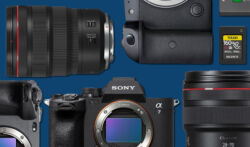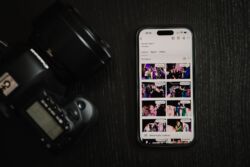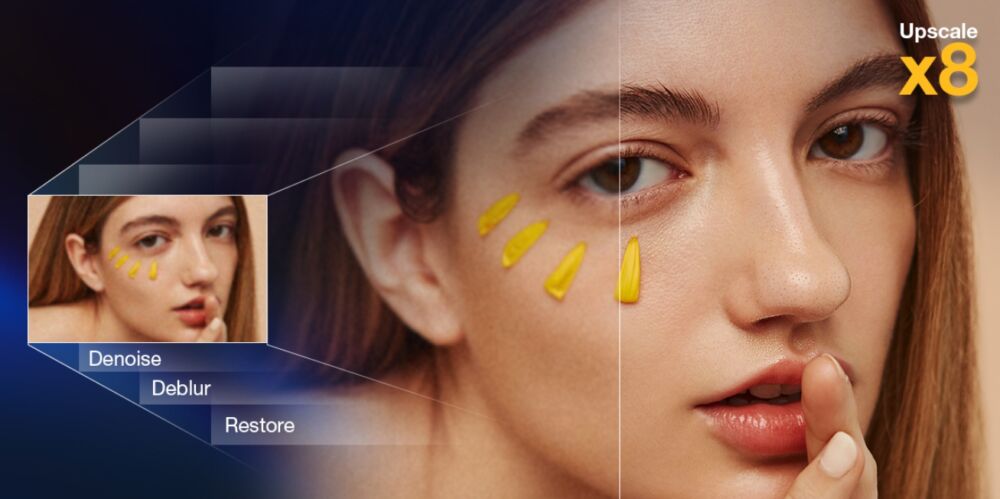In this video, I’m going to give you 6 workflow tips to help you edit images quickly in Lightroom. I’ll also be showing you the benefits of editing consoles like the Loupedeck, but don’t worry, these tips work regardless of whether you’re using a keyboard, or an editing console. Thank you to Loupedeck for sponsoring this video. Follow along with each step in the video tutorial:
1. Shoot in Manual Mode
This in-camera step is critical because we want each set of images in a scene to be lit and shot identically. When the scene or lighting condition changes, then, and only then, do your camera settings change. This is what makes batch processing possible. You might shoot engagements, family, studio portraiture, conceptual work, weddings or any and everything in-between. In any case, shoot Manual for consistent exposures! Only change those exposure settings when the lighting condition or scene changes.
2. Batch Process by Scene or Lighting Condition
There are many ways to do this, I’m going to show you my two favorites. Select an image, and process it however you like. I’ll adjust my exposure, temperature, and contrast, and we’re good to go. From there, select all the images that are shot in the same lighting condition and press CTRL/CMD+SHIFT+S to bring up the sync panel, from there we can select all the Develop settings we want synced over, and press OK.
Loupedeck makes this even more simple. By holding Fn and pressing the left or right keys, we can select or unselect single images, or up/down to select/unselect all images. Then, to copy-paste settings, all I have to do is press copy, select the images I want, and then press paste. Side note: I’ve also set up my C2 option to bring up the sync panel if there are specific settings I want synced or left out.
3. Create Presets Based on Lighting Conditions
Presets are limited in function because we are constantly shooting in different lighting conditions. If you have your own presets, great! Create them based on each lighting condition. This is what we’ve done with our newest Visual Flow preset system. Each preset pack is statistically tested to arrive at the same look regardless of the lighting conditions used. By using or creating your own lighting condition-based presets, you can significantly reduce your time editing.
4. Assign Frequently Used Presets a Shortcut
This is where you’re going to need an editing console since unfortunately, Adobe hasn’t yet built this function into Lightroom (one day, we’re hoping *fingers crossed*). Fortunately, Loupedeck’s software makes it easy – all we need to do is select the preset and assign it to one of the P1-P8 buttons. Now, when I arrive at a new lighting condition, I can simply select the preset for that lighting condition and continue working! This is the power of creating presets based on lighting conditions. When we get to a tungsten image, we simply press that button. You can assign these shortcuts to any presets you’ve created or installed.
5. Try Not To Rely On Your Mouse
Use keyboard shortcuts up/down and shift+up/down to make adjustments faster whenver you can to avoid the lack of control a computer/laptop mouse offers. Again, this is where Loupedeck shines because its dials allow for quick and smooth adjustments without ever having to move my mouse to the Develop settings. I can even tweak my HSL! Well, designed presets should only require that you touch temperature, tint, contrast, and exposure.
Another bonus of the Loupedeck is that it allows us to edit in fullscreen mode, or without any of the panels visible. Just remember that sometimes fullscreen mode can cause your machine to slow a bit. If so, I’d suggest simply using a no-panel view by pressing SHIFT+TAB to shrink all Lightroom panels. If Lightroom is running slow for you as you are processing images, try these tips from our previous video that will help you dramatically speed up how the software performs.
6. Assign Common Local Area Adjustments to Presets
We can save Local Adjustments to presets, but we want them to be generic enough for regular use. For example, we do Radial Burns a lot, so we’ve assigned it to a preset that we’ll save in the tools folder. Now, whenever we get to a new image, I can just press the Radial Burn preset which will drop a new burn into the center of my image. If you’re on a keyboard, press shift + M to select the radial burn tool to move it into place. Bonus tip: If you have an editing console, attach the tool preset to a key. On the Loupedeck, we’ve assigned the Radial Tool to L2. From there you can hold ALT and drag the mouse over the tool to control the burn.
Conclusion
Now, take these techniques and tools and to improve your editing workflow so you can spend less time in from of your machine, and more time behind the camera. If you are interested in purchasing a Loupedeck, shop their store here to see a full list of their products.
















